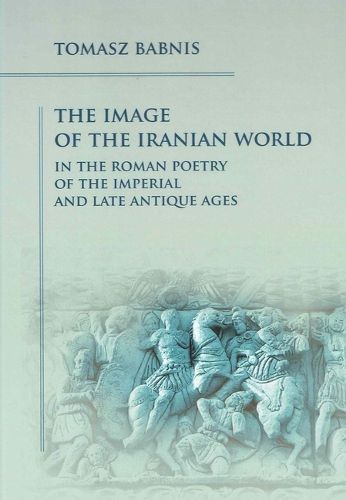Readings Newsletter
Become a Readings Member to make your shopping experience even easier.
Sign in or sign up for free!
You’re not far away from qualifying for FREE standard shipping within Australia
You’ve qualified for FREE standard shipping within Australia
The cart is loading…






The present book is dedicated to presenting the image of the Iranian world emerging from the extant Roman poetry of the Imperial and Late Antique Ages. The scope of the source material stretches, thus, from the astronomical work of Manilius (1st century AD) all the way to the poems of Venantius Fortunatus (c. 530 - c. 600), covering almost six centuries of the development of Latin literature. My aim is to investigate which motifs were referred to by Roman poets, which patterns can be noticed in those texts, which elements were mentioned most often, what relations can be observed between these references and the historical, geographical, social or religious realities, and finally, what function these references serve within the scope of entire poems or parts of texts extracted from longer works. I am also interested in the "genealogy" of these motifs: their origin and how they were employed by the poets of subsequent periods. I aim at examining the degree of consistency of the overall image created from references scattered throughout the works of various authors and its changes in the course of time.
$9.00 standard shipping within Australia
FREE standard shipping within Australia for orders over $100.00
Express & International shipping calculated at checkout
The present book is dedicated to presenting the image of the Iranian world emerging from the extant Roman poetry of the Imperial and Late Antique Ages. The scope of the source material stretches, thus, from the astronomical work of Manilius (1st century AD) all the way to the poems of Venantius Fortunatus (c. 530 - c. 600), covering almost six centuries of the development of Latin literature. My aim is to investigate which motifs were referred to by Roman poets, which patterns can be noticed in those texts, which elements were mentioned most often, what relations can be observed between these references and the historical, geographical, social or religious realities, and finally, what function these references serve within the scope of entire poems or parts of texts extracted from longer works. I am also interested in the "genealogy" of these motifs: their origin and how they were employed by the poets of subsequent periods. I aim at examining the degree of consistency of the overall image created from references scattered throughout the works of various authors and its changes in the course of time.